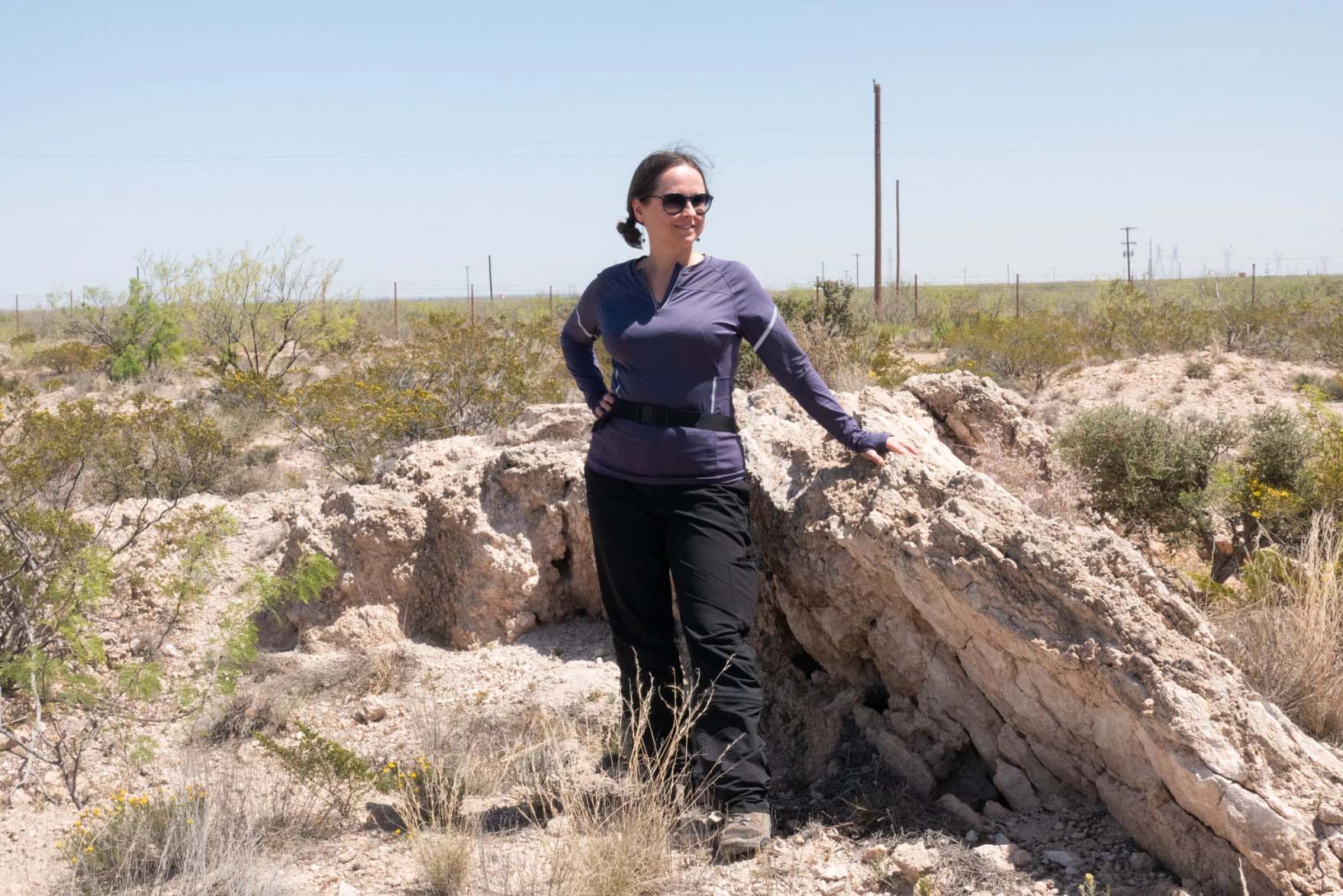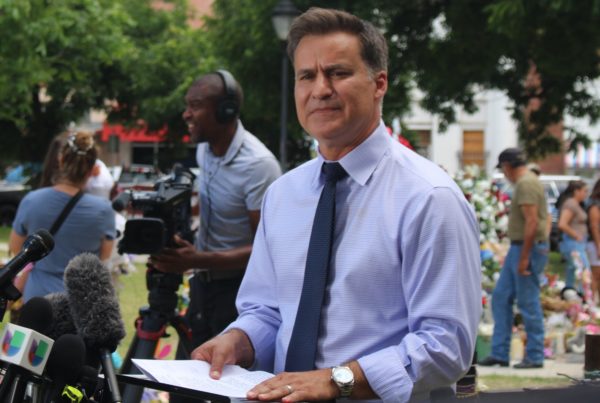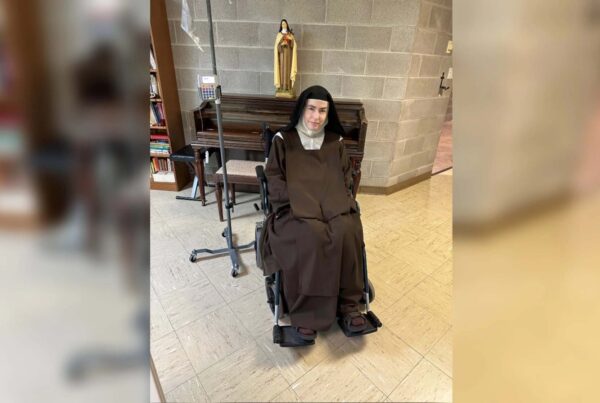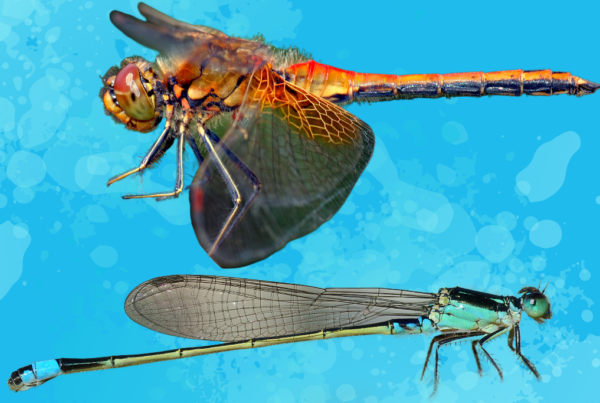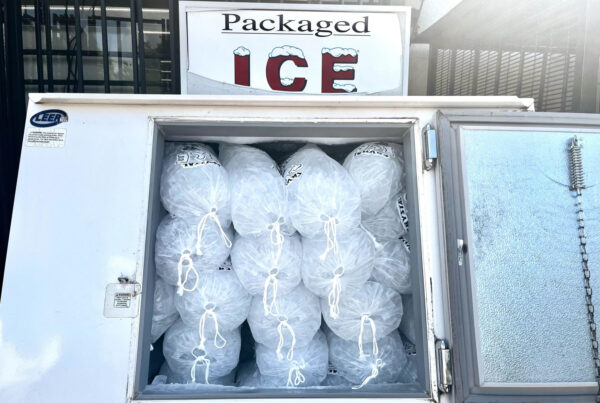From Marfa Public Radio:
Just outside of Odessa, there is a national natural landmark identifying one of the only known asteroid craters in the country.
Rocks jut out of the ground at the Odessa Meteor Crater, where there are signs warning visitors to watch out for snakes and pumpjacks rocking back and forth in the distance. But about 60,000 years ago, when woolly mammoths and saber-toothed tigers roamed the Earth, an asteroid slammed into what is now known as West Texas.
It may not look like much to the untrained eye, but peering out over the Odessa Meteor Crater Ania Losiak sees the power small asteroids can leave in their wake. As a planetary geologist, she studies craters around the world and is interested in finding what these geological features can reveal about asteroid strikes.
“You can see what happens when extraterrestrial material impacts the Earth with hypersonic velocities,” Losiak said during her most recent visit to the crater site. “Sometimes very deadly and terrible things are also very exciting.”
Losiak is a Fulbright scholar currently working with the Lunar Planetary Institute in Houston and the U.S. Geological Survey in Flagstaff, Arizona. She has wanted to visit Odessa’s crater for years, but until recently she had to postpone her trip to West Texas.
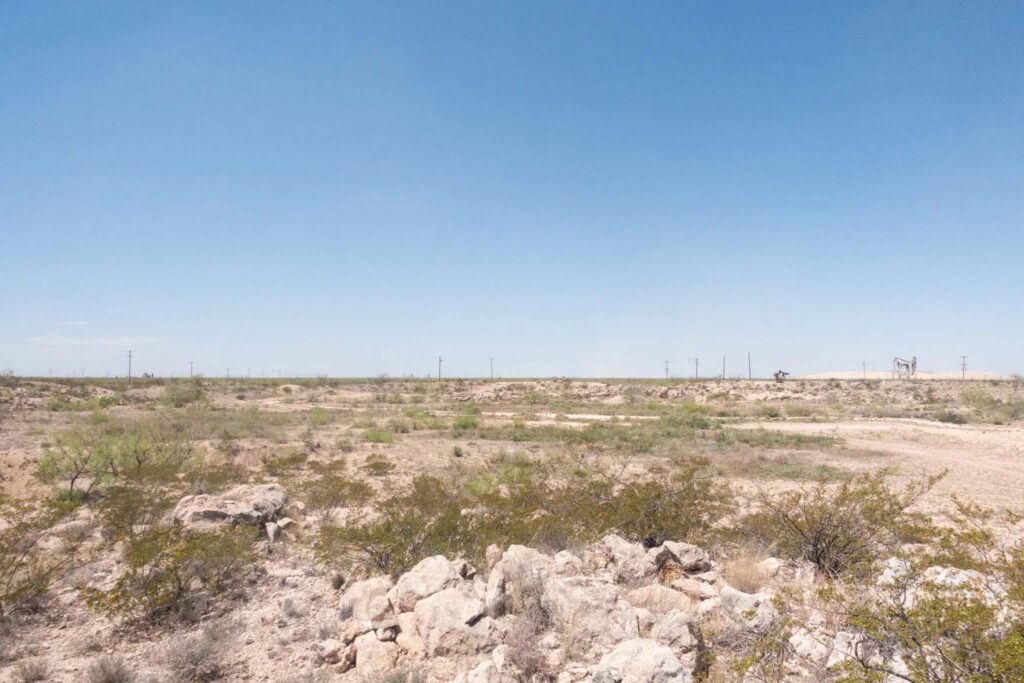
The Odessa Meteor Crater was formed around 60,000 years ago when a small asteroid the size of a car smashed into what is now West Texas.
Mitch Borden / Marfa Public Radio
Walking to the center of the crater, Losiak said, “We can see here [it’s] not a very deep hole in the ground.”
The reason the crater is shallow is for thousands of years sediment and soil has washed into the crater. On top of that, the asteroid that made it was small by space standards, which is what piqued Losiak’s curiosity.
Instead of focusing on the giant asteroids like ones shown in Hollywood blockbusters like “Armageddon” or “Don’t Look Up” — she is more interested in minor space rocks, like the one that made Odessa’s crater, which was about as big as a midsize car.
Pointing at stones emerging from the ground like rows of jagged teeth, she explained that smaller asteroids are still powerful.
“Just imagine how much energy [it would take] to lift this block up,” Losiak said. “It’s absolutely crazy.”
The asteroid hit so hard, according to her, that it caused an explosion equivalent to an atomic bomb and if anyone or anything had been in the middle of the crater when it struck, their death “would be very quick — you would not feel a thing.”
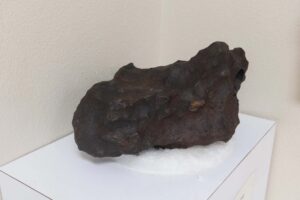
Over the years, multiple Meteorites have been found near Odessa’s crater. One of these is on display at the small museum dedicated to the national natural landmark.
Mitch Borden / Marfa Public Radio
Part of her research is searching for the charred remains of any plants or animals that were unlucky enough to be caught in the blast radius. This is a part of Losiak’s effort to better understand how hard smaller asteroids hit and how they affect the surrounding area — which could actually help save lives.
She explained, “Only by studying Odessa and other craters we are able to understand how far do we need to evacuate people if we know within the next day, or so, there will be a collision.”
This isn’t a hypothetical threat. Smaller asteroids are much more likely to strike Earth than larger ones — which the Russian city of Chelyabinsk found out in 2013. Without warning, an asteroid, around the size of a house, suddenly appeared and exploded over the city, shattering windows and injuring over 1,600 people, according to NASA.
“Smaller objects are much fainter,” according to Davide Farnocchia, a navigational engineer with NASA’s Center for Near Earth Objects Studies. “They’re harder to pick them up when they are far, so you can only detect them when they are making their final approach to Earth.”
He calculates the trajectories of asteroids in our solar system to figure out if they will strike our planet. Situations like the asteroid that exploded over Russia are a once in a lifetime event. But Farnocchia said it is good to have plans in place if an astronomer suddenly spots an asteroid hurtling toward a city.
“If you had something like Chelyabinsk that you discovered 10 days before impact what would you do? Well, you need to notify the government of the country affected and support evacuation,” he explained.
NASA has found 90% of all asteroids that will come near Earth’s orbit and are a kilometer or larger in diameter, but according to Farnocchia, we are far off from being able to reliably detect smaller objects like the asteroid that made the crater near Odessa.
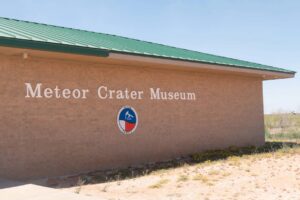
There is a small museum located at the Odessa Meteor Crater dedicated to educating visitors about meteors and asteroids.
Mitch Borden / Marfa Public Radio
The destructive power that minor asteroids can unleash amazes Losiak, which makes exploring craters thrilling for her. Even though it could be decades before another asteroid poses any kind of threat, she believes humanity should try to be as prepared as possible.
Losiak said, “Only if we know exactly how those things were happening in the past, we are able to avoid [a] similar fate in the future.”
She plans on returning to West Texas next year with a team of researchers to scour the Odessa Meteor Crater to see what it will reveal.


